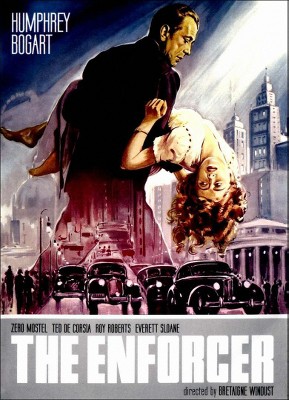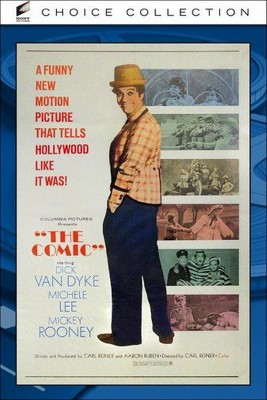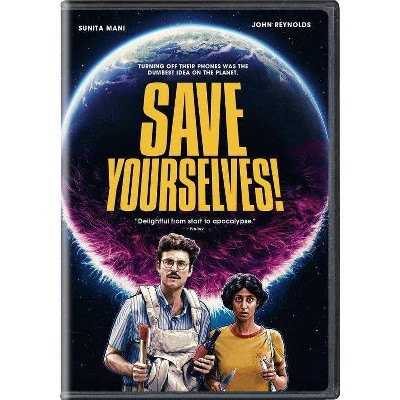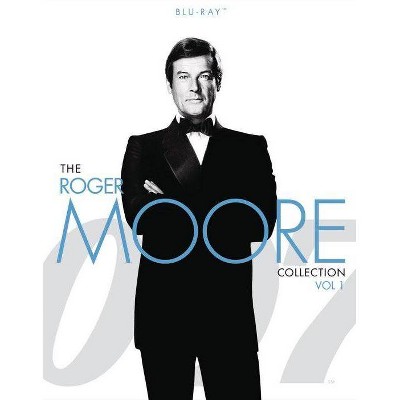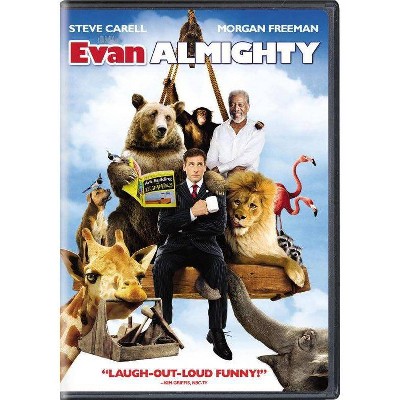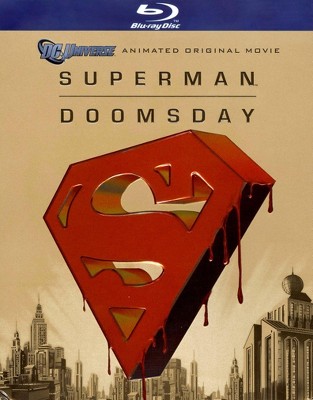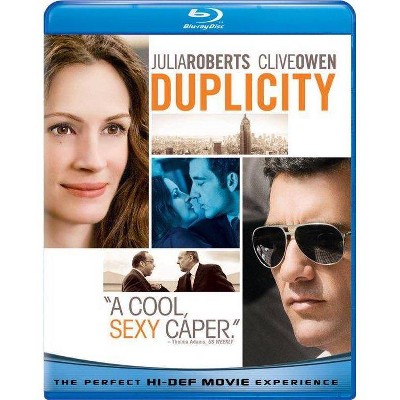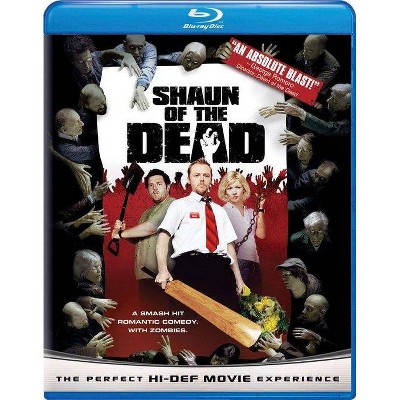The Stranger (DVD)(2013)
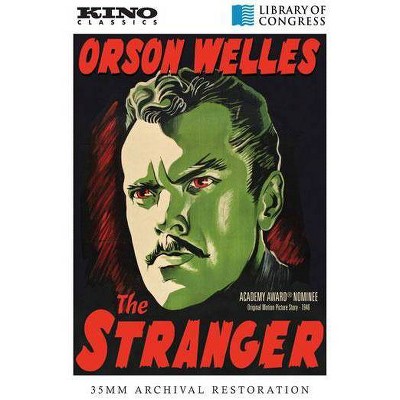
Similar Products
Products of same category from the store
AllProduct info
A member of the War Crimes Commission is seeking the mastermind of the Holocaust who has changed his identity. An ex-Nazi war criminal assumes a new identity and a new life in suburban America following World War II. But an agent from the U.N.'s War Crimes Commission is on his tail, threatening to expose the lurid past and true identity he keeps secret. Orson Welles directs and stars as Charles Rankin, a professor residing in a quiet Connecticut town with his new American wife, Mary (Loretta Young). Rankin has held strong to his fascist ideals but left nary a shred of evidence, not even a photograph, to identify him as the notorious Franz Kindler. Mr. Wilson (Edward G. Robinson), the man determined to find him, has a plan. But when that "plan" disappears in the woods, Wilson is left with little hope of convincing the townspeople, or Kindler's naive new wife, who this stranger in their midst really is. Inarguably one of the greatest directors of all time, Welles' made this film at a pivotal point in his storied career. Following the commercial failure of this first three films (Citizen Kane, The Magnificent Ambersons, and the partially government-funded documentary It's All true), Welles found himself without a studio willing to back his next project. He would spend the next two years acting, returning to radio drama and even tackling a weekly newspaper column, during which time his star continued to "re-ascend" until he was finally offered another shot at directing. But The Stranger was not to be a typical Welles' production. Producer Sam Spiegel, (winner of multiple Oscars for such films as On The Waterfront, Bridge Over The River Kwai and Lawrence of Arabia) gave Welles' a more modest budget than he was used to, and a directive to employ a more traditional narrative style. Welles' agreed (more or less) to work within these bounds but it didn't stop him from pushing the envelope on the creative front. His inventive approach would mark The Stranger as one of the iconic films of the classic noir era (generally considered to be the 1940s and early 1950s). This would include the use of experimental lighting, shadows, and unexpected camera angles which became trademarks of the genre. Also heavily influential was the German impressionist cinematography (e.g. "Nosferatu", Fritz Lang's "M" and "Metropolis") that preceded the period. While The Stranger's budget was indeed modest by Welles' standards, it was still considerably bigger than most other b-movie noir staples of the day. Welles' also had the advantage of a much higher-profile cast. These myriad factors all combined to make this not just one of noir's true stand-out works but the first film for Welles which was actually profitable upon its initial release. Finally, the anti-fascist theme inherent in the story is also worth noting, as this was something Welles had become quite ardent about, even taking to writing about it in his newspaper column prior to filming The Stranger. David Kehr of the New York Times went so far as to suggest it may be Welles' "most explicitly political work, made at a time when his activism was at its height." As a director, Welles will always be remembered for his 1941 masterpiece, Citizen Kane (a film that certainly contributed to noir's development, even though not generally considered a film noir itself) and subsequent masterworks like Touch of Evil and F is For Fake. But The Stranger remains the great director's most significant and important contribution to the film noir genre--right down to its legendary clock-tower climax.
Price History
Cheapest price in the interval: 22.49 on October 27, 2021
Most expensive price in the interval: 22.49 on November 6, 2021
Price Archive shows prices from various stores, lets you see history and find the cheapest. There is no actual sale on the website. For all support, inquiry and suggestion messagescommunication@pricearchive.us
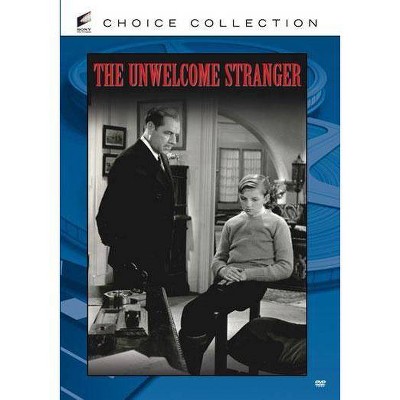
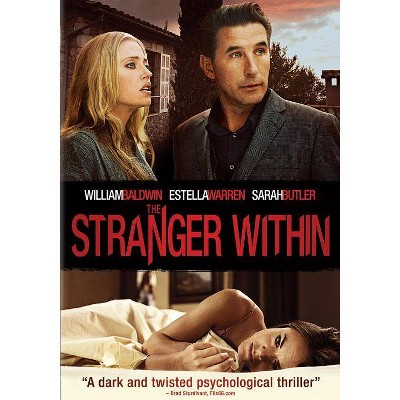
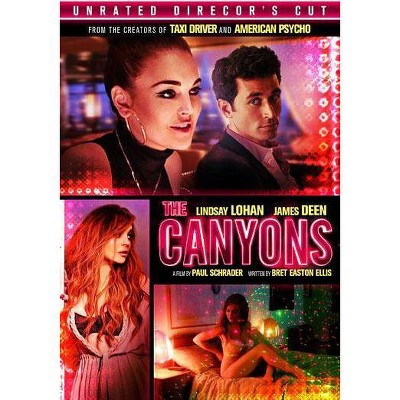

![The Lifeguard [DVD] [2013]](https://pisces.bbystatic.com/image2/BestBuy_US/images/products/2166/21665624_so.jpg)
